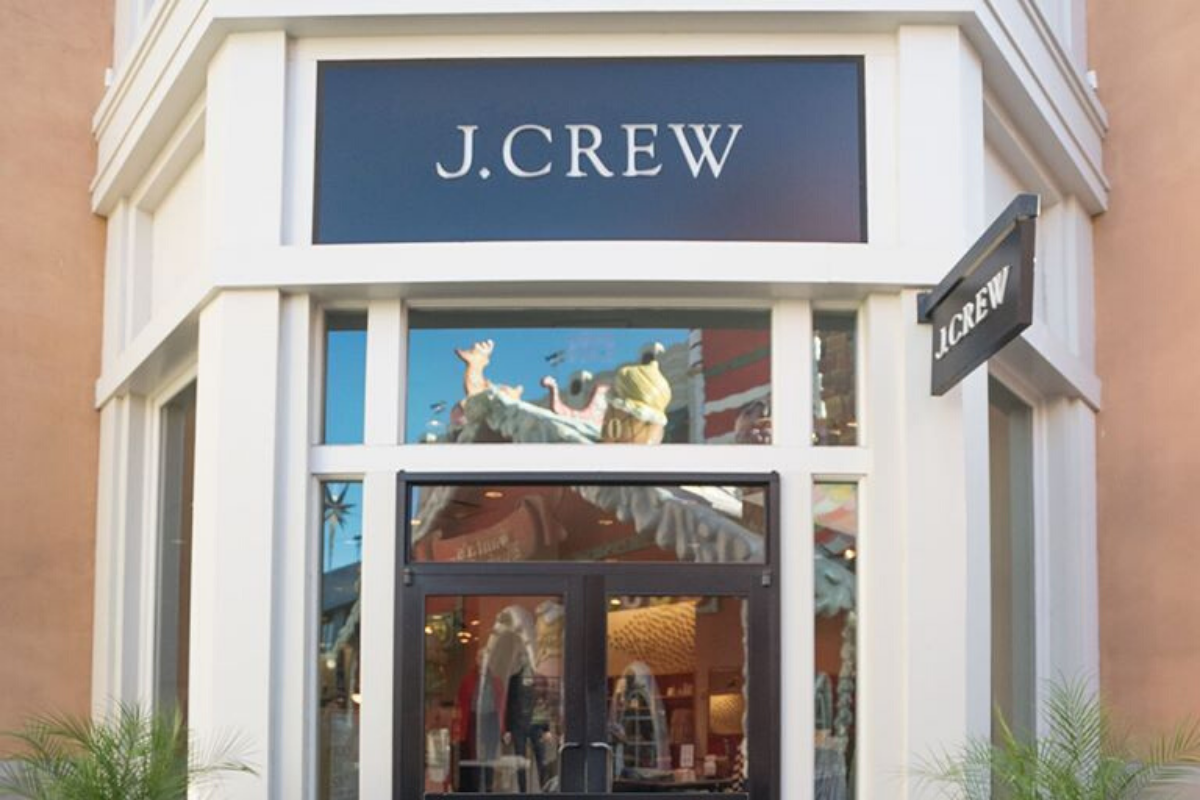
J.Crew files for bankruptcy amidst the coronavirus pandemic. This serves as a microcosm of the difficulties that major national retailers are facing.
J.Crew is popular for its basics. It is the first national store brand to file for bankruptcy protection since the coronavirus pandemic started. Analysts believe that others will certainly follow. Neiman Marcus and J.C. Penney are reportedly low on cash and may consider seeking Chapter 11 protection.
J.Crew bankruptcy came after retailers like Pier 1 Imports, Modell’s Sporting Goods and True Religion closed down. Other retailers are trying to hold on to cash. Some stores like Gap stopped paying rent. Others slashed executive pay, furloughed employees, and rejected orders for spring inventory.
While J.Crew files for bankruptcy, it will continue operating during reorganization. The company says customers should not expect any changes right away. Lenders agreed to convert $1.65 billion of debt into equity, based on the bankruptcy filing.
“This agreement with our lenders represents a critical milestone in the ongoing process to transform our business with the goal of driving long-term, sustainable growth for J.Crew and further enhancing Madewell’s growth momentum,” chief executive Jan Singer said in a statement, referencing its smaller, but more successful, brand.
In its bankruptcy filing, J.Crew’s parent company, Chinos Holdings, stressed that it owes between $1 billion and $10 billion to more than 25,000 creditors. Its estimated assets range from $1 billion to $10 billion.
What analysts say
Liquidation firm Gordon Brothers believes that as many as 25,000 stores could shut entirely this year. Businesses continue to suffer from weeks-long closures and waning demand for shoes, clothing, and other nonessential items.
Meanwhile, real estate services firm Green Street Advisors said that one-half of the country’s mall-based department stores may shut down by the end of 2021.
“There is no question that all types of retailers are going to have to close hundreds of stores that don’t have any kind of future on the other side of this pandemic,” said Mark Cohen, director of retail studies at Columbia Business School.
“Malls have faced an enormous amount of breakage over the last few years: Closing anchors, disappearing chains, specialty stores like Forever 21 and Gymboree filing for bankruptcy. This trend is only going to accelerate during this crisis, and it’s going to accelerate explosively.”
Analysts affirmed that a new set of store closures will magnify the divide between the nation’s thriving malls and the second- and third-tier shopping centers.
Moreover, analysts believe that many of the 1,100 shopping malls in the US are trying to hold on to tenants and attract consumers.
Forecasts
The sector’s issues will spread in the coming months as retailers file for bankruptcy and reevaluate their portfolios, according to analysts. The trend of low-performing stores closing and workers losing jobs is likely to continue.
“When you have a whole raft of bankruptcies like we’re about to see, it will leave an awful lot of gaps that for many malls will be impossible to fill,” said Neil Saunders, managing director of GlobalData Retail.
Meanwhile, retail sales dropped a record 8.7 percent last month as consumers reduce spending on clothing, shoes, and home furnishings.
“Malls are being pummeled by a confluence of factors,” said James Gellert, chief executive of the financial analysis firm RapidRatings. “Tenants that were already weak are facing significant financial trauma. Then you have macroeconomic stresses: Reduction in employment, lowered consumer spending, supply chain disruptions.”






